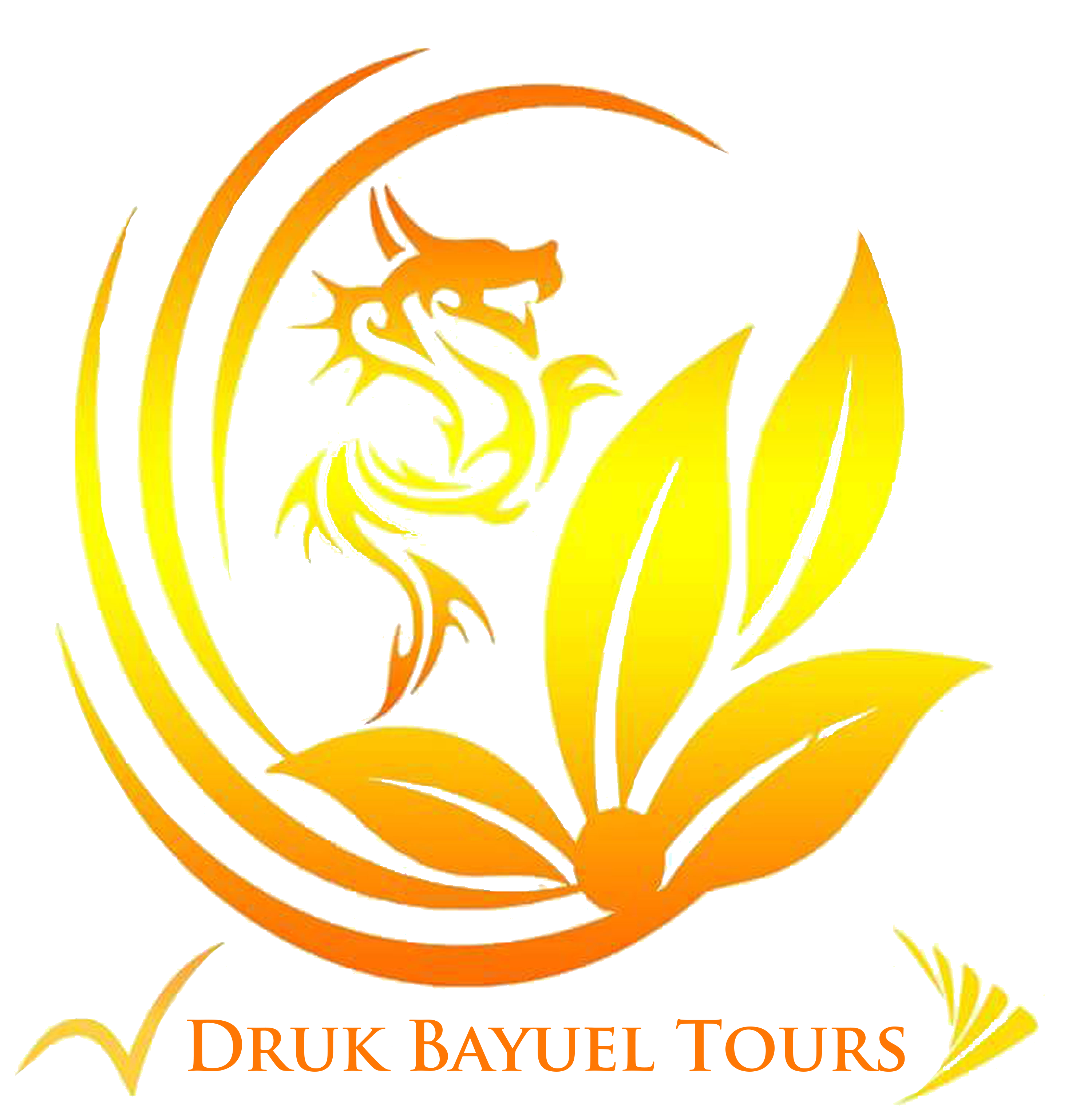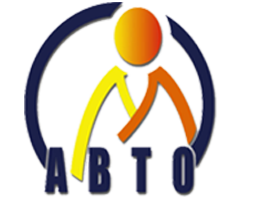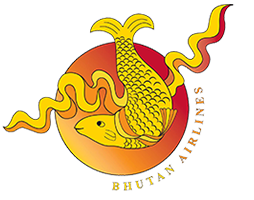


Mobile : +975-77111298, +975-77111298
Email: info@greenbhutantours.com
Website:
LOCATIONS COVERED : Paro-Thimphu- Punakha-Jele Dzong – Jangchulakha-Jimilangtsho – Simkota-Phajoding
| Package Duration : 11 | ||
|---|---|---|
| Day 1 : Arrive Paro | ||
| The flight to Paro is one of the most spectacular in entire Himalayas. Whether flying along the Himalayan range from Kathmandu or over the foothills from Kolkatta, the journey offers fascinating views and an exciting descent into the Kingdom. Bhutan’s first gift, as you disembark from the aircraft will be cool, clean fresh mountain air. After immigration formalities and baggage collection, you will be met by our representative, and afterwards transfer to the hotel. Situated in north-western part of the country, the enchanting valley of Paro is rich in culture , scenic beauty and abounds in myths & legends. The valley is home to many of Bhutan’s oldest temples and monasteries, the country’s international airport and the national museum. Afternoon visit to Rinpung Dzong, meaning (‘fortress of the heap of jewels’), which has a long and fascinating history. Along the wooden galleries lining the inner courtyard are fine wall paintings illustrating Buddhist lore such as four friends, the old man of long life, the wheel of life, scenes from the life of Milarepa, Mount. Sumeru and other cosmic Mandala. Part of Bernardo Bertolucci’s movie, ‘Little Buddha,’ was filmed inside this dzong. Then drive to 7th century Kyichu Lhakhang, one of the 108 temples built in the Himalayas by Tibetan King, Songtsen Gampo. The building of this temple marks the introduction of Buddhism in Bhutan. Evening an exploratory walk around main street and market area. Overnight at the hotel in Paro. (Altitude 2,280m) | ||
| Day 2 : Paro | ||
| After breakfast, embark on a walking excursion to Taktshang Monastery (approx. 5 hours, round trip walk). Taktshang is one of the most famous of Bhutan’s monasteries, perched on the side of a cliff 900m above the Paro valley floor. It is said that Guru Rinpoche arrived here on the back of a tigress and meditated at this monastery and hence it is also called ‘Tiger’s Nest’. This site has been recognised as a most sacred place and visited by Shabdrung Ngawang Namgyal in 1646 and now visited by all Bhutanese at least once in their lifetime. Later in the afternoon, drive end of the Valley to the base of Drukgyel Dzong, a 17th century fortress burned down in the early 1950s. Here we will also see the beautiful typical farm house. Bhutanese farmhouses are very colorful, decorative and traditionally built without the use of single nail. The majority of the population of Bhutan continues to live as it has for centuries – in small isolated farms and hamlets, surrounded by terraced fields of rice, maize and buckwheat. Overnight at the hotel in Paro. (Altitude 2,280m) | ||
| Day 3 : Paro – Jele Dzong, 8 km, approx 4 hours walk | ||
| Morning visit Ta Dzong, the National museum, holding fascinating collection of art, relics, religious thangkha paintings, handicrafts, masks, costumes, armour and Bhutan’s exquisite postage stamps. The visit will provide an insight into the rich and unique cultural heritage and tradition of Bhutan. Then begin the trek. Today is a short trekking day. The journey starts with a short climb up to Jele Dzong, perched on a whaleback ridge. The trek trail ascends gradually up to the camp and on a clear day, the views of paro town far below and of Mount Chomolhari (7314m) are stunning. Above the camp is Jele La pass (34mm), also visit Jele Dzong, mostly in ruins. There is also a Lhakhang here containing a statue of Buddha Shakyamuni. Overnight camp at 3,550m. | ||
| Day 4 : Jele Dzong – Jangchulakha, 10km, approx 4 hours walk | ||
| Begin with a one and a half hour climb and then ascend more gradually upwards. The trail takes you through thick alpine forests and rhododendrons. There are fascinating views of Chomolhari and other snow capped peaks, on a clear day, and you may hear some monal pheasants calling during the day. You may also see some yak herders around your campsite. Overnight camp at 3,770m. | ||
| Day 5 : Jangchulakha – Jimilangtsho, 11km, approx 4 hours walk | ||
| The trail follows the ridge, and on a clear day the views of the mountains and valley are superb. You will enjoy a great view of Jichu Drake (6,989m), the peak representing the protective deity of Paro. Our camp is close to the Jimilangtsho lakes, which are famous for their giant sized trout. Overnight camp at 3,870m. | ||
| Day 6 : Jimilangtsho – Simkota, 11km, approx 4 hours walk | ||
| The trail takes you through dwarf rhododendron trees and passes by the lake of Janetsho. Today you may come across some yak herders’ camps and get an idea of how these people live. Trail winds and undulates with magnificent views of the Himalaya across deep valleys. Overnight camp close to Simkota Lake, and if you are lucky you can catch a lake trout for your dinner. Overnight camp at 4,110m. | ||
| Day 7 : Simkota – Phajoding, 11 km, approx 4 hours walk | ||
| Today begins with a gradual climb to a small saddle at 4,150m, and if the weather permits you will enjoy majestic views of Mt. Gangkar Puensum, the highest mountain Bhutan and a host of other peaks. The trail then descend to another small lake and then climb to Phume La pass (4,210m), that is adorned with beautiful flags. The trek trail then slowly descends through juniper trees to a campsite at Phajoding. Overnight camp at 3,750m. | ||
| Day 8 : Phajoding – Thimphu, 5km, approx 3 hours walk | ||
| After visiting Phajoding monastery built in 15th century by Shagcha Rinchen who introduced Drukpa Kagyu School in Bhutan in the 13th century, trek downhill to Thimphu passing through a forested area of mostly blue pine. Taking a leisurely pace, you reach Thimphu in about 3 hours. Afternoon visit of Buddha Dordenma Statue. You can pay your obeisance and offer prayers to the Buddha, the largest statue in the country and then walk around and take a glimpse of the valley. Then visit, King’s Memorial Chortencontinuously circumambulated by people, murmuring mantras and spinning their prayer wheels. Construction of this landmark was the idea of Bhutan’s third king, His Majesty Jigme Dorji Wangchuk (‘the father of modern Bhutan’) who has wished to erect monument to world peace and prosperity. Completed in 1974 after his untimely death, it serves both as a memorial to the Late King and as a monument to peace. Conclude the day with visit of Trashichhoedzong. This impressive fortress/monastery houses Secretariat building, the throne room of His Majesty, the King and various government offices. It is also the summer residence of Chief Abbot and central monk body. Overnight at the hotel in Thimphu. (Altitude 2,320m) | ||
| Day 9 : Thimphu – Punakha (75 km, approx 3 hours drive) | ||
| After breakfast, sightseeing in Thimphu valley including visit to the following : the National Library, housing an extensive collection of priceless Buddhist manuscripts; the Institute for Zorig Chusum (commonly known as the Painting School) where students undergo a 6-year training course in Bhutan’s 13 traditional arts and crafts, Textile Museum; established in 2001 and showcases range of beautiful Bhutanese textiles, Simply Bhutan; a living museum and studio encapsulating rich cultural heritage of Bhutanese people. Later, visit to Changangkha Lhakhang. It is a fortress like temple and monastic school perched on a ridge above Thimphu, south of Motithang. The temple was established in 12th century on a site chosen by Lama Phajo Drugom Shigpo, who came from Tibet. The central statue here is Chenrezig in a manifestation with 11 heads. From temple courtyard, there is fascinating view of Thimphu valley. After lunch, drive on to Punakha across Dochula pass (3080m) stopping briefly here to take in the view and admire the chorten, mani wall, and prayer flags which decorate the highest point on the road. If skies are clear, the following peaks can be seen from this pass (left to right): Masagang (7,158m), Tsendagang (6,960m), Terigang (7,060m ), Jejegangphugang (7,158 m ), Kangphugang (7,170 m ), Zongphugang (7, 060 m ), a table mountain that dominates the isolated region of Lunana – finally Gangkar puensum, the highest peak in Bhutan at 7,497m. At Dochula Pass, 108 chortens or stupas known as Druk Wangyal Chortens have been built by Ashi Dorji Wangmo Wangchuk, the eldest Queen Mother. These chortens are built in three layers, the first lowest level layer has forty five chortens, the second has thirty six and the top layer has twenty seven, built around the main chorten. After exploration of Dochula pass and nearby Royal Botanical Park, drive onwards to Punakha. Overnight at the hotel in Punakha. (Altitude 1,300m) | ||
| Day 10 : Punakha – Paro (125 km, approx 4 hours drive) | ||
| Punakha at an altitude of 1300m/4265ft, is blessed with a temperate climate and owing to its natural drainage from Pho Chhu (male) and Mo Chhu (female) rivers, the Punakha valley produces abundant crops and fruits. Until 1955 Punakha served as the capital of Bhutan, and still today serves as the winter residence of the monk body. Visit Punakha Dzong, Built strategically at the junction of Pho Chhu and Mo Chhu rivers in 1637 by Shabdrung Ngawang Namgyal to serve as the religious and administrative centre of the region, Punakha Dzong has played an important role in Bhutan’s history. Damaged by four catastrophic fires and an earthquake, the Dzong has been fully restored. Afterwards embark on a short interesting walking excursion to Chimi Lhakhang. Situated on a hillock in the centre of the valley, this temple is dedicated to Lama Drukpa Kuenley, who in the late 15th century used humour, songs and outrageous behaviour to dramatise his teachings and due to this also known as ‘Divine Madman’. This temple is also known as the temple of fertility. It is widely believed that couples who do not have children and wanting one, if they pray at this temple, they are usually blessed with a child very soon. Later take a stroll around newly developed Wangdue town and its local market. After lunch, drive back to Paro descending back down from Dochu La, follow the way back up the dramatic Wang Chhu and Paro Chhu river valleys, before crossing through Paro town towards the north end of the valley. En route visit Simtokha Dzong, the place of profound tantric teaching. This oldest dzong of the country built in 1627, now houses a school for the study of the Dzongkha language. Overnight at the hotel in Paro. (Altitude 2,280m) | ||
| Day 11 : Depart Paro | ||
| After breakfast at the hotel, drive to the airport for flight to your onward destination. Our representative will help you with exit formalities and then bid you farewell. | ||
| Cost Includes |
|---|
|
| Cost Excludes |
|
10 Night / 11 Days
Package Type: TREKKING IN BHUTAN
PER PERSON INR







Copyright © Druk Bayuel Tours. All Rights Reserved 2020.
Designed and Developed By Mywebsitedeals.com ( a unit of Traveltourister.com )